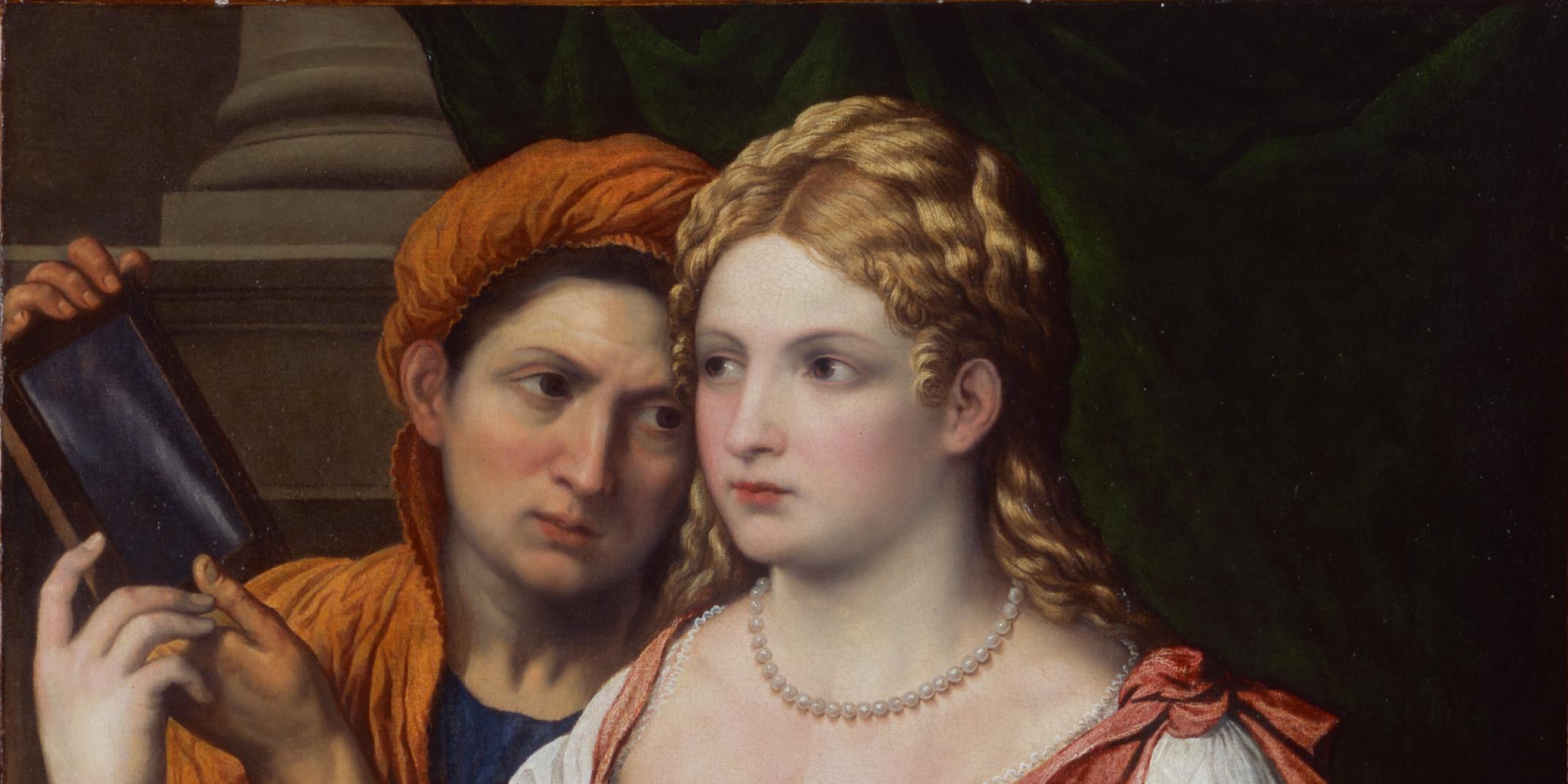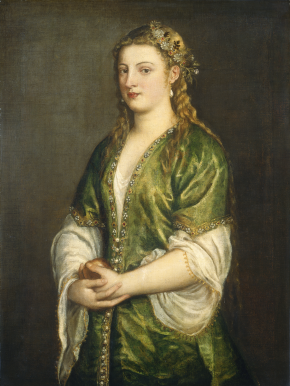The Poetry of Venetian Painting

Press information
The Poetry of Venetian Painting pays tribute to the extensive oeuvre of Titian’s student Paris Bordone (1500–1571), showing his work in the context of outstanding Venetian contemporaries including Palma il Vecchio and Lorenzo Lotto. Bordone’s multifaceted major works are brought together here to create a showcase more extensive than has yet been presented in the German-speaking countries or anywhere else in the world. Featured are some 100 artworks, primarily paintings in larger formats, as well as drawings and prints on loan from renowned national and international museums.
Paris Bordone is considered one of the foremost artists to have come out of the workshop of Titian, the most famous representative of Venetian painting in the 16th century. Venice in Bordone’s day was a melting pot where artists were turning to new subjects from classical antiquity while developing innovative styles and techniques with which to depict them.
Poetry and sensuality, colour and light – these catchwords give an impression of the versatile body of work produced by Paris Bordone and his contemporaries, which can be discovered in the exhibition divided by theme. The works on view range from inventive depictions of allegorical subjects, mythological scenes and pastoral landscapes to erotically charged images of idealized feminine beauty and lyrical male portraits as well as artistic renderings of ancient architecture. The di-rect juxtaposition of the Venetian masters with examples of works by prominent northern artists such as Lucas Cranach the Elder, Albrecht Dürer, Jan Massys and Barthel Beham reveals the reciprocal influences reaching across the Alps.
The exhibited works provide impressive testimony to painterly virtuosity with the striking brilliance and luminosity of their colours, achieved through the use of newly available pigments. These could be purchased from the vendecolori (pigment vendors) – a trade that emerged only in Venice in the early 16th century.
Works were provided on loan by: the Staatliche Kunstsammlungen, Dresden; Alte Pinakothek, Munich; Städel Museum, Frankfurt a. M.; Kunsthistorisches Museum, Vienna; Rijksmuseum, Amsterdam; National Gallery, London; Scottish National Gallery, Edinburgh; Musée du Louvre, Paris; State Hermitage Museum, Saint Pe-tersburg; Pushkin Museum, Moscow; Pinacoteca di Brera, Milan; and Galleria degli Uffizi, Florence; among others.
The exhibition is accompanied by a richly illustrated catalogue featuring scholarly essays and supplementary texts (Hirmer Verlag, 304 pages). The catalogue can be purchased at the Museum Shop for 30 euros or ordered online at www.freunde-der-kunsthalle.de.
A multimedia guide developed for the exhibition provides visitors with deeper insights into the works of art. Also accompanying the show is a wide-ranging programme of events including readings, expert talks, dialogues and curator-guided tours.
















